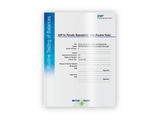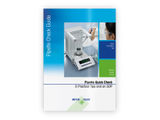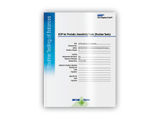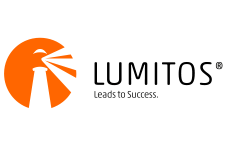To use all functions of this page, please activate cookies in your browser.
my.chemeurope.com
With an accout for my.chemeurope.com you can always see everything at a glance – and you can configure your own website and individual newsletter.
- My watch list
- My saved searches
- My saved topics
- My newsletter
Endoglin
Endoglin is a type I membrane glycoprotein located on cell surfaces and is part of the TGF beta receptor complex. The protein consists of a homodimer of 180 kDA with disulfide links. [1] It has been found on endothelial cells, activated macrophages, fibroblasts, and smooth muscle cells. Endoglin has been found to be part of the TGF-beta1 receptor complex. It thus may be involved in the binding of TGF-beta1, TGF-beta3, activin-A, BMP-2, and BMP-7. Beside TGF-beta signaling endoglin may have other functions. It has been postulated that endoglin is involved in the cytoskeletal organization affecting cell morphology and migration. [2] Endoglin has a role in the development of the cardiovascular system and in vascular remodeling. Its expression is regulated during heart development . Experimental mice without the endoglin gene die due to cardiovascular abnormalities.[2] In humans endoglin may be involved in the autosomal dominant disorder known as hereditary hemorrhagic telangiectasia type 1.[1] This condition leads to frequent nose bleeds, telangiectases on skin and mucosa and may cause arteriovenous malformations in different organs including brain, lung, and liver. Endoglin levels have been found to be elevated in pregnant women who subsequently develop preeclampsia. [3] References
Further reading
Categories: Human proteins | Clusters of differentiation | Growth factors | Signal transduction |
|||||||||||||||||||||||||||||||||||||||||||||||||||||||||||||||||
| This article is licensed under the GNU Free Documentation License. It uses material from the Wikipedia article "Endoglin". A list of authors is available in Wikipedia. | |||||||||||||||||||||||||||||||||||||||||||||||||||||||||||||||||
- Synthesis with a template - Carbon-free fullerene analogue
- A quick and easy way to produce anode materials for sodium-ion batteries using microwaves
- Rockwell Automation Reports Third Quarter 2011 Results - Sales of $1.5 billion, up 20 percent year over year
- Tracking unconventional superconductivity - Research team presents heavyweight champion
- BASF to expand integrated ethylene oxide and derivatives complex at its Verbund site in Antwerp







